10 ways to bounce back from burnout

Trade Tales | Jun 16, 2023
By Marina Felix
It’s often the most passionate individuals who burn out first—an unfortunate reality, and one that too many creative entrepreneurs can relate to. That’s why we asked 10 interior designers—Amber Guyton, Rozit Arditi, Eva Bradley, Alicia Cheung, Brenda Mickel, Julee Wray, Michael Cox, Kristin Fiore, Tom Stringer and Annie Downing—how they’ve steered through feelings of burnout in their professional careers.
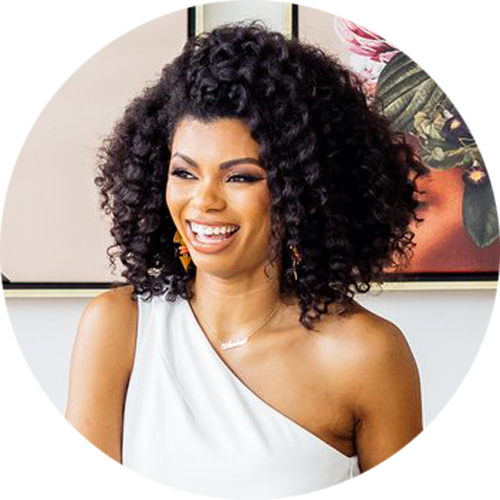
Hard Reset
“There are so many things nobody talks about when they decide to become a full-time entrepreneur. After working in financial services, marketing and tech for over a decade, I never thought I’d feel more burned out than I did when I was in corporate America. However, lack of discipline, time-blocking, clear boundaries with clients and outsourced help can easily throw you into a 24/7, 365 work schedule with zero work-life balance. Last year, my scarcity mindset caused me to take on more work than I should have, and I experienced burnout when trying to keep up with it all and go it alone. This led to poor physical and mental health, bouts of anxiety and depression, and a few instances of clients firing me. To combat burnout, I took several actions: I set clear work hours and communication boundaries with my clients; began outsourcing more tasks to my virtual assistant and seriously interviewing in-person, contracted design assistants locally; I turned down work that was not fulfilling or within my design aesthetic—if it’s not a ‘hell yes,’ it’s a ‘no’—and sought out a new therapist, physical trainer and meal-prep chef. All of these adjustments helped, and I still have a ways to go, but I’m doing a better job of holding myself accountable for what I can and can’t do, what I actually want to do and what it takes to work in a way that’s best for me and my business.” —Amber Guyton, Blessed Little Bungalow, Atlanta
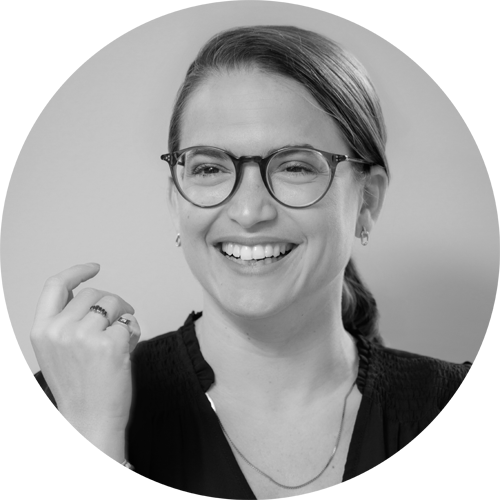
Pause & Play
“Identifying that I was burned out was the most crucial step for me because there is a big difference between knowing there is an issue and taking action to solve it. My body was my guiding post in realizing it. Living in New York and running a small business, I am prone to stress, and I saw it as a part of life. But when my health started to decline and autoimmune diseases started showing signs, that was the last straw. The first thing I did was to book myself a retreat and take some time off from work and all responsibilities. A week in the Yucatán jungle is not enough to bring everything back to normal, but it was enough time to give me a clearer perspective. Upon my return, I sat down with my employees to set clear boundaries as a team and as a company. We reidentified what types of projects we want to work on and clients we want to work with and tightened our internal systems. We also went out to celebrate! Besides therapy, coaching and my weekly cycling, talking things through with other small business owners really helped me too. It is never too late to change things and start fresh with new boundaries and priorities.” —Rozit Arditi, Arditi Design, New York
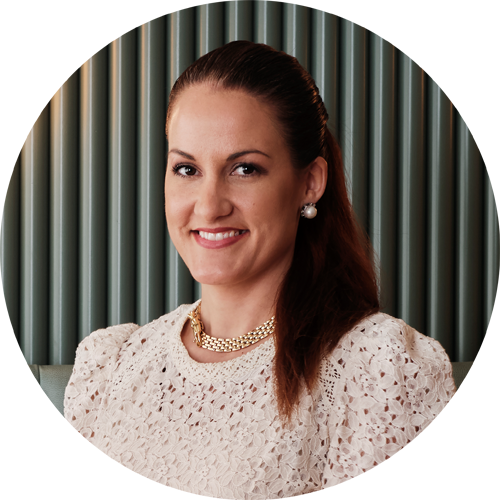
Break It Up
“When I notice that feeling of burnout taking over, I take a mental break wherever I can immediately find [one] in my day—whether it’s five minutes or postponing an internal meeting to take an hour for myself. In the end, it pays off. I do my best to make a plan of how to build in my ‘me time,’ since before and after work is already filled with parental responsibilities or work dinners. [As a team] we try to give ourselves permission to take hair or nail appointments or workouts during the day. We constantly remind each other that rest is productive too. You almost have to turn it into a mantra.” —Eva Bradley, Studio Heimat, San Francisco
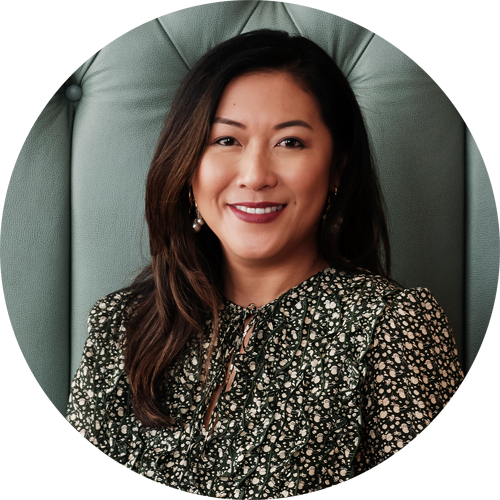
Find Your Why
“A great tool for me is to talk to a friend or supportive colleague—if you’re not talking about it, you’re holding on to it. Talk to someone who has gone through something similar and ask them about their experience or share yours. Once you’ve given yourself a little headspace, you can come back and think about your ‘why.’ Why are you working so hard? What do you want people to remember you for when you’re gone? Those answers then lead to the question of ‘What could you be doing differently to design a life that doesn’t lead to burnout and gets you on track to your why?’ [My team is] currently working on reframing our ‘why’ and integrating it throughout our organization from client intake to job descriptions to sourcing. This is giving us life, the simple—and difficult—act of finding our purpose and baking it into everything we do.” —Alicia Cheung, Studio Heimat, San Francisco
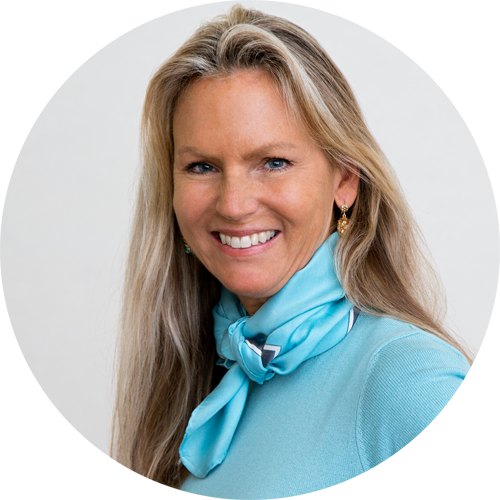
Change of Scenery
“The pandemic and previous work stress caused me to burn out this winter. I recently returned from an exhilarating trip with colleagues from around the country to the south of France, which provided companionship, inspiration and fellowship of design ideas. It shifted my mindset. I returned to work excited about collaborating with clients and my team to create exciting new designs.” —Brenda Mickel, The Wiseman Group, San Francisco
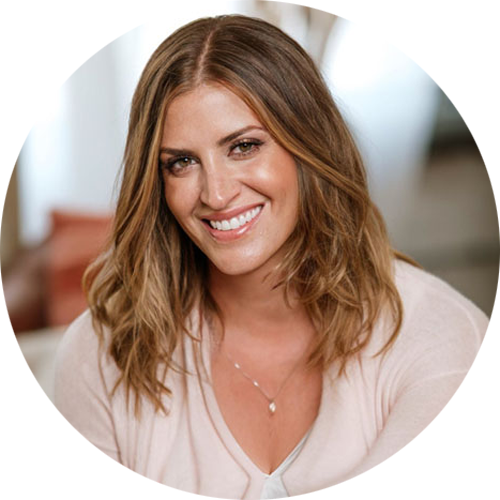
Change Tack
“Burnout was very prevalent for me during the pandemic. While the rest of the world shut down, designers across the world became busier and busier. Then began the supply chain and materials shortages. Projects that would typically take three to six months to complete were taking two, even four, times longer than normal. During this time, I happened to be redesigning my own home, which was a full gut and remodel. I noticed that quality contract work was harder to come by, and the materials continued to stagger in. These factors all together led to an immense amount of stress and an inability to get things efficiently. Then came a bright spot: I signed a dream client! It was a dream project to design, from the ground up, and I found myself sitting at my kitchen table and drawing renderings and elevations for hours on end. I finally found what I loved. Full-scale detail, from the ground up. This lightbulb moment made me realize that I needed to pivot my business—to leave behind the smaller projects I would always say yes to. I found the confidence to make a switch and ask industry partners for help with connections so I could grow. These partners were so supportive, and they introduced me to so many people with whom I still work today. To fix burnout, I found my true love in design and I ran with it!” —Julee Wray, Truss Interiors, Denver
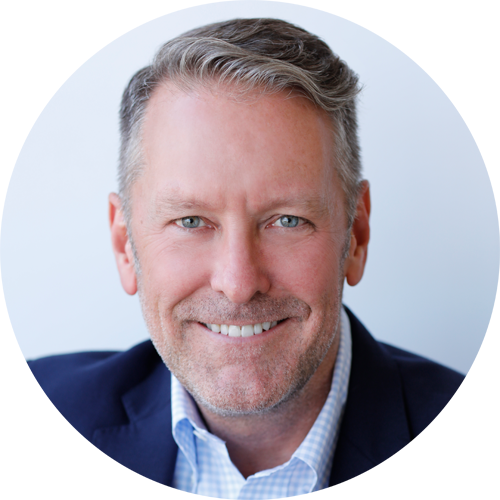
Disconnect to Reconnect
“I reached an Instagram burnout moment. I began to feel that I was addictively checking [the app] while at the same time feeling that the more I looked, the more I experienced a type of design ‘echo chamber’ with things beginning to look homogenous. A brilliant colleague gave me the simplest of nudges: ‘Just delete the app.’ Almost overnight, I found myself pulling books more often from our design library. I reverted to the early 2000s and started prioritizing time to leisurely flip through the pages of The World of Interiors and other favorite shelter magazines. With the phone in my hand less often, I found myself seeing more—finding inspiration at the farmers market, in sunsets and landscapes, and noticing the details of everyday environments.” —Michael Cox, Foley&Cox, New York
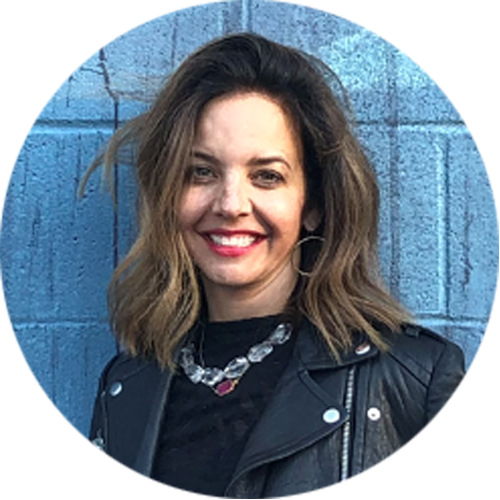
Back in the Game
“Kristen Elizabeth Design was established in 2015, a second career after my early career and family job, [which came] before I was able to go back to school for my true passion, design. Everything about interior design made my heart sing. I could not wait to dive in. On a personal note, when we launched, my family was experiencing a deep financial hardship so I felt the need to perform, and to perform fast. To build a portfolio and a business I took on as many projects as one person could humanly manage. I am a pretty driven person, so pouring myself into a new career was not difficult—it was easy to be a workaholic, especially seeing how good I was at the creative side of things. What I wasn’t good at was all the rest: managing a business, understanding the financials, pricing my services accordingly, managing client relationships and expectations, marketing and, ugh, social media. I had no experience, and I made some mistakes and experienced a couple of big setbacks. Instead of the business being fun and rewarding, it was sucking the life out of me. After year four, I was experiencing burnout and I realized two things: First, to stay in the game, I needed help; second, I wanted to stay in the game. I joined a local design group through Kimberly Seldon and made some design friends. I hired a full-time design/marketing assistant to help with the things I wasn’t good at, and in year five I hired Gail Doby Coaching (now Pearl Collective) to help me get a handle on the business. I can remember the day I finally got it. After reading the books, analyzing the spreadsheets and working the numbers, it finally clicked. What a day. I learned that I was undercharging, of course; I raised my rates and found systems to validate and justify my design fees; and I learned the value of systems and processes that I implemented and continue to refine to this day.” —Kristin Fiore, Kristen Elizabeth Design, Sacramento
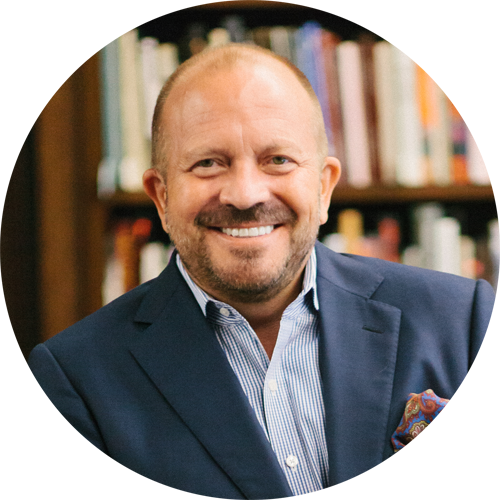
Be Choosy
“During slower periods, it can be tempting to take on clients who may not be the best fit. However, as designers, trusting your instincts and evaluating whether a client aligns with your business values and goals is crucial. Taking on clients who aren’t a good fit can lead to long-term challenges, drain your creative energy and give you a feeling of burning out. It’s better to focus on working with clients who appreciate and value your expertise, ensuring a fulfilling design experience and working relationship for all.” —Tom Stringer, Tom Stringer Design Partners, Chicago
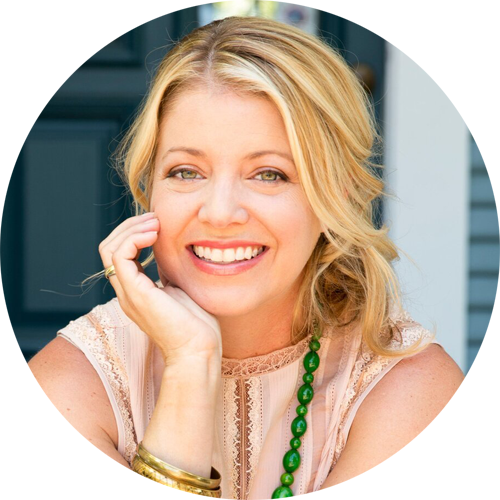
Make Cents
“Starting in 2013, I had a hand in every part of my business. I would meet with clients, conduct presentations, procure items, manage purchasing, spend time billing invoices and manage the finances and the socials. As a mother of three, I was burning out and losing focus. About five years in, I hired a full-time employee and rented a beautiful office in downtown Austin. Still, I struggled to understand my finances. I had gone through multiple bookkeepers, but no one understood the nuances of interior design. I was in the dark. Eventually, I befriended a fellow interior designer and unlocked an open dialogue about business. We asked each other questions, offered advice and supported each other’s work. She referred me to the bookkeeper who transformed my business—someone who could finally decipher the years of data I had collected as a business owner. Acting more as a CFO than a bookkeeper, he helped me to establish goals that have allowed me to grow my team, expand my reach, travel and aspire to more than just profitability. The stress of running a business can be a real threat to creativity. My advice to all creatives: Prioritize community, outsource when you can and invest in people.” —Annie Downing, Annie Downing Interiors, Austin, Texas
Want to stay informed? Sign up for our newsletter, which recaps the week’s stories, and get in-depth industry news and analysis each quarter by subscribing to our print magazine. Join BOH Insider for discounts, workshops and access to special events such as the Future of Home conference.

